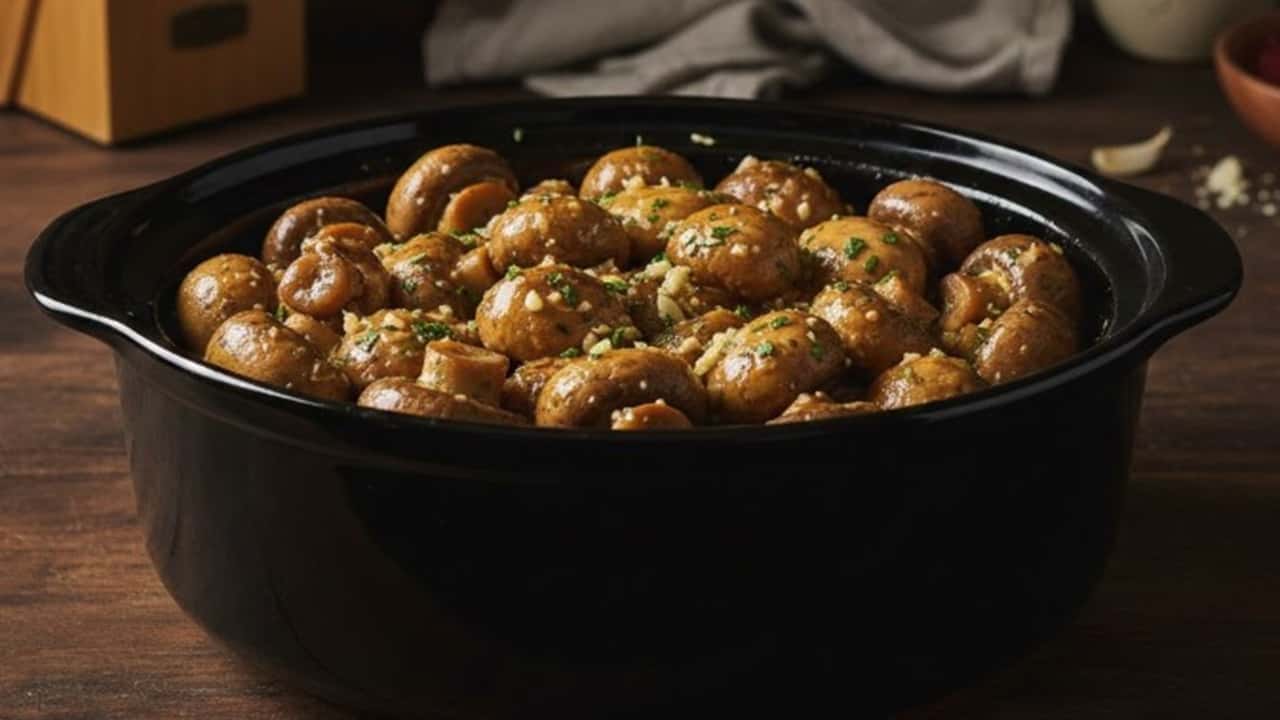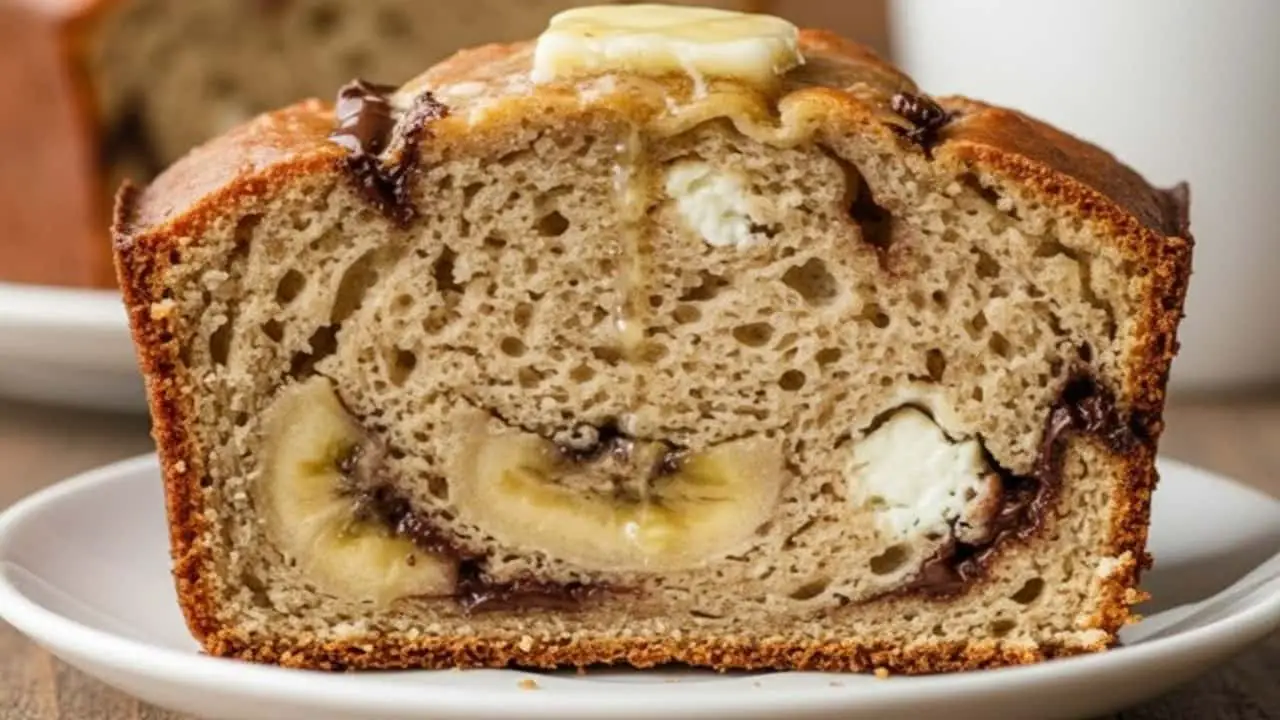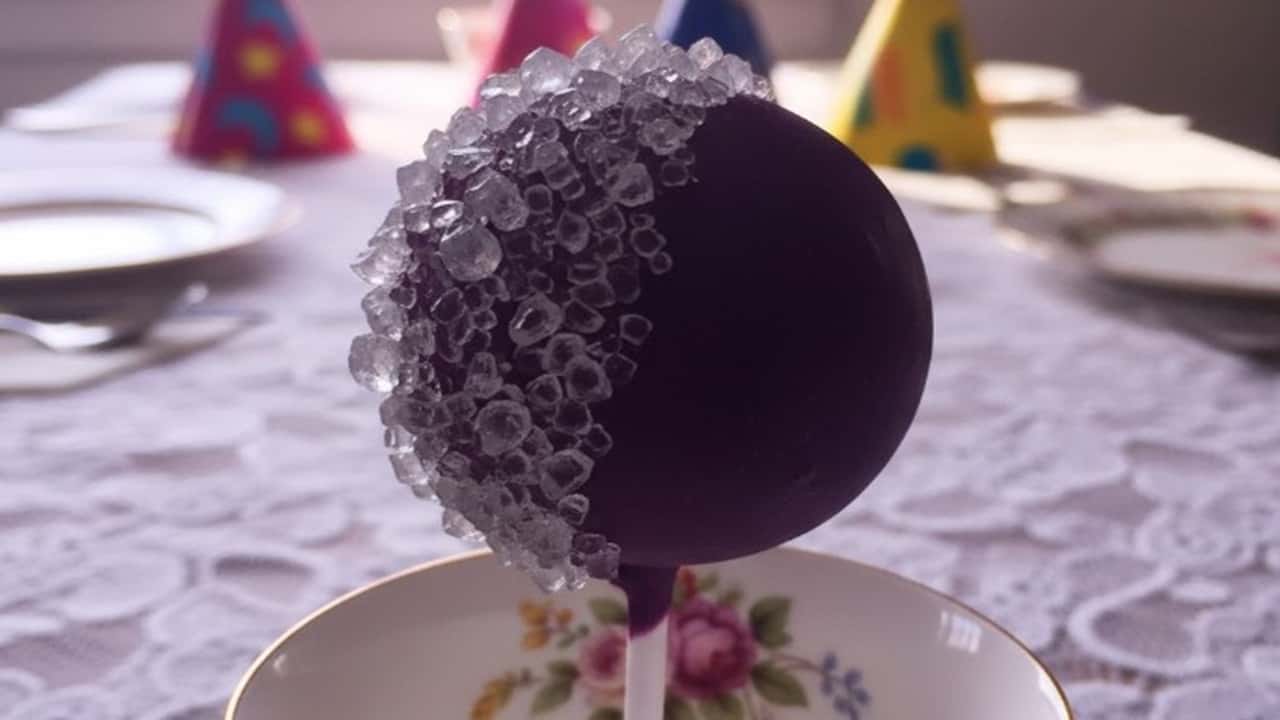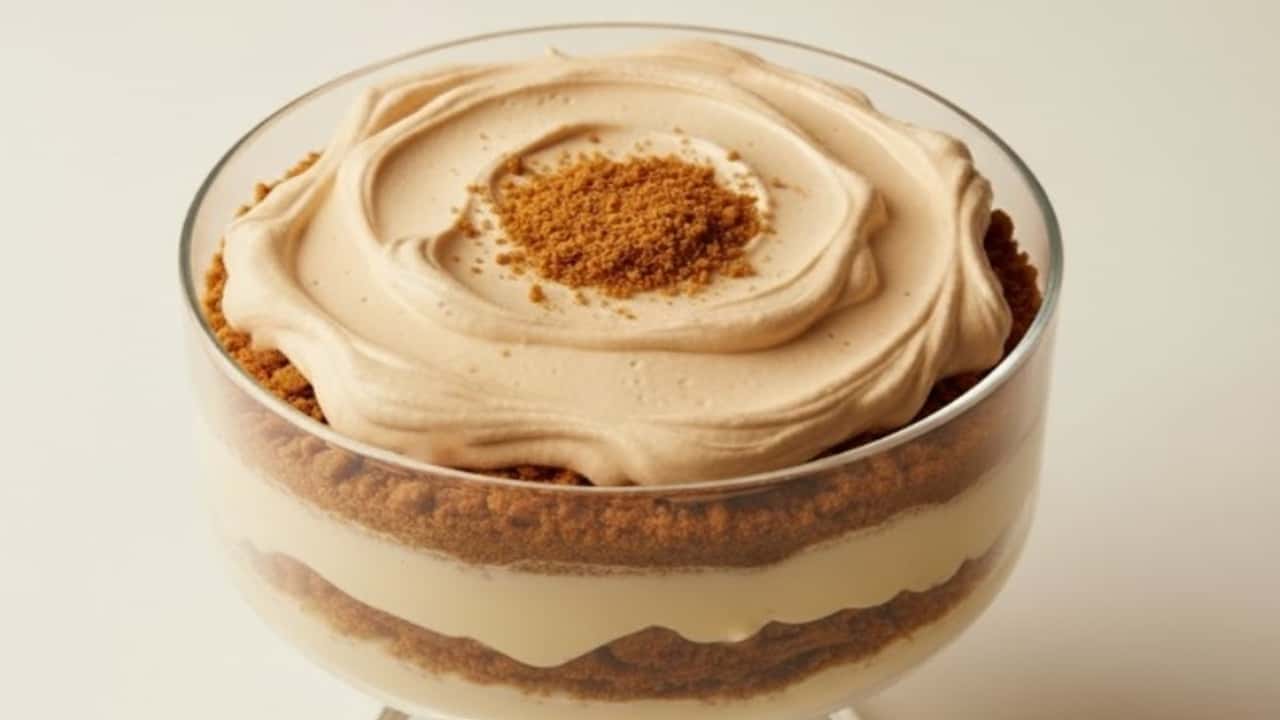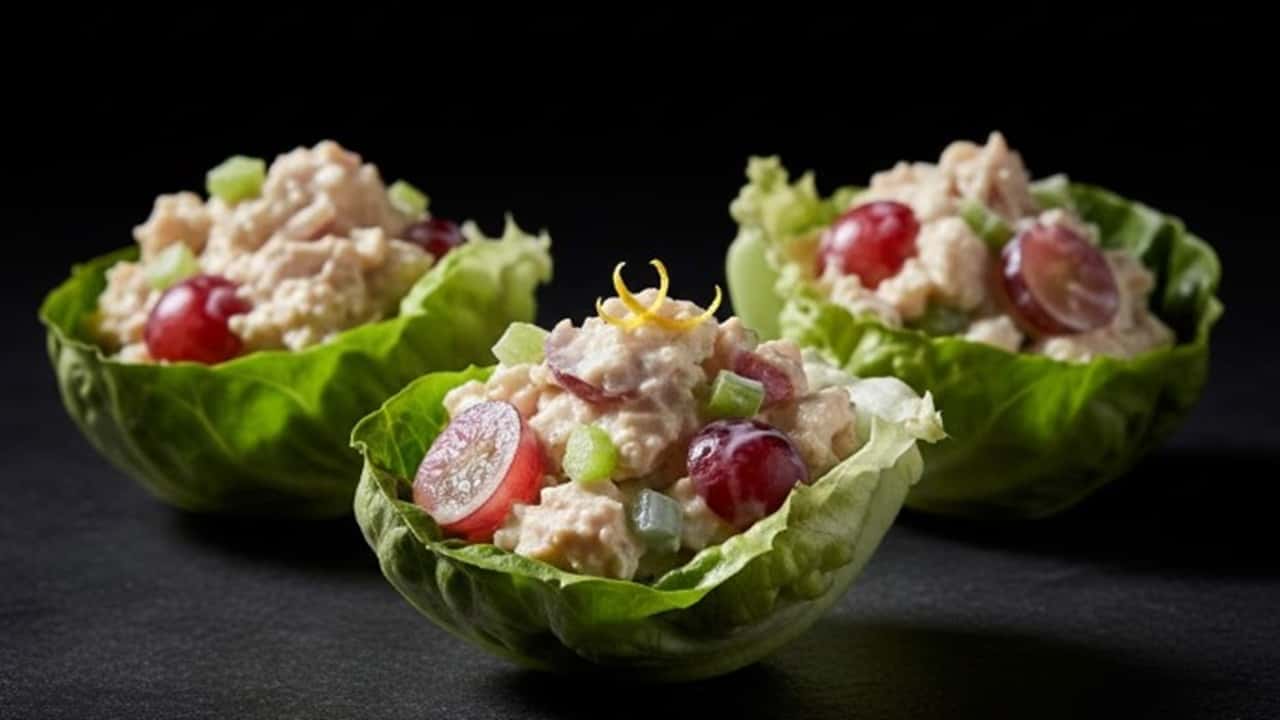Look, I get it. You’ve seen every seminole pumpkin recipe out there, and most sound like they’re written by someone who’s never actually wrestled with a 15-pound Florida pumpkin in their kitchen.
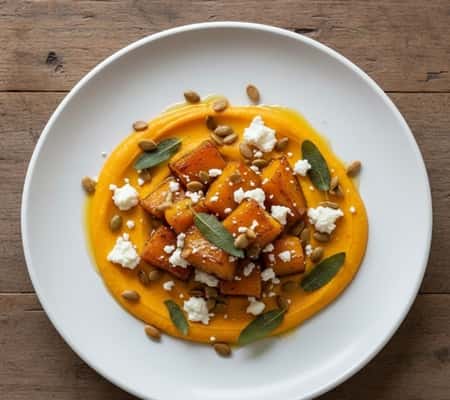
Here’s the thing – I’m going to show you how to turn one Seminole pumpkin into three distinct textures that’ll blow your family’s mind this fall.
Why This Seminole Pumpkin Recipe Works (And Others Don’t)
Most guys treat pumpkin recipes like they’re defusing a bomb.
Cut it, scoop it, roast it – done. But here’s what I learned after years of autumn harvest cooking: the Seminole squash has this incredible rich, sweet, nutty flavor that deserves better than being mashed into submission.
This native pumpkin variety from Central Florida packs more personality than your average butternut squash.
We’re talking about a Cucurbita moschata that the Seminole tribe perfected long before pumpkin spice became a thing.
The Triple-Texture Seminole Pumpkin Recipe
What You’ll Need:
- 1 large Seminole pumpkin (about 8-10 pounds)
- Olive oil for everything
- Sea salt and black pepper
- Maple syrup (the real stuff, not that fake nonsense)
- Coconut milk (full-fat, trust me)
- Goat cheese (about 6 oz, crumbled)
- Fresh sage leaves (8-10 leaves)
- Garam masala (1 teaspoon)
- Toasted pumpkin seeds for garnish
The Three-Way Approach
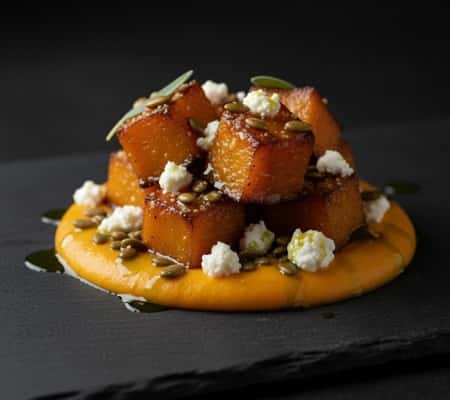
First Texture: Caramelized Chunks
1. Quarter your pumpkin and remove those seeds (save them – we’re making something special). Cut the pumpkin flesh into rough 2-inch cubes without peeling off the skin. Coat generously with olive oil, a pinch of salt, and just a touch of maple syrup for sweetness.
2. Roast at 425°F for about 25 minutes until the edges get those beautiful caramelized spots. The skin becomes edible and adds this earthy depth that’ll make you question why you ever peeled pumpkins before.
Second Texture: Silky Puree
Take half your roasted chunks and blend them with coconut milk until you get this creamy, restaurant-quality puree.
Season with garam masala – it plays with the nutty notes in ways that regular cinnamon just can’t match.
Third Texture: Crispy Seeds
Those seeds you saved? Rinse them, pat dry, toss with olive oil and salt. Pop them in a 300°F oven for 15 to 20 minutes, baking until lightly browned and perfectly crunchy.
The Assembly (This Is Where Magic Happens)
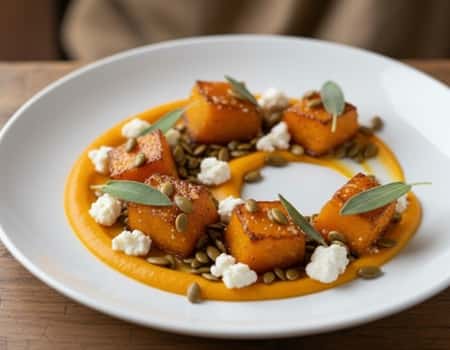
Spread your silky puree on individual plates.
Arrange the caramelized chunks on top – they should still hold their shape but yield to a fork.
Crumble the goat cheese around (it melts slightly from the warm pumpkin). Sprinkle those crispy seeds and tear fresh sage leaves over everything.
Top it off with a touch more olive oil and a sprinkle of freshly cracked pepper. The contrast is insane – creamy, chunky, crunchy, all in one bite.
Dad Pro Tips That Actually Matter
The pumpkin skin is your secret weapon. Most recipes tell you to peel it, but that’s where half the flavor lives. Just scrub it clean and roast it skin-on.
Coconut milk beats heavy cream here because it doesn’t compete with the pumpkin’s natural sweetness. Plus, it adds this subtle tropical note that makes people go “what IS that?”
Don’t overcook the puree portion. You want it smooth but not baby food. Think restaurant soup consistency.
When I Figured This Out
Last autumn, my kids were skeptical about anything pumpkin that wasn’t pie.
I needed something that would change their minds without looking like I was trying too hard.
This three-texture approach worked because everyone found something they loved – the chunks for texture lovers, the puree for soup fans, the seeds for the snackers.
As my oldest put it, ‘This is like fancy restaurant food, except it doesn’t leave you starving.’ That’s a win in my book.
Troubleshooting Your Seminole Pumpkin Recipe
Pumpkin too sweet? Add a pinch of salt to each component. With just a touch of salt, the earthy, nutty tones shine while the sugars stay balanced.
Puree too thick? Thin it with warm coconut milk, not water. Water kills the richness you’ve worked to build.
Seeds not crisping? Your oven might run cool. Bump the temp to 325°F and watch them closely.
Make It Your Own
Treat this recipe as a beginning, a base you can build on, not the final stop.
Swap the goat cheese for feta if that’s what’s in your fridge.
Try smoked paprika instead of garam masala. Add toasted pecans if you’re feeling fancy.
The Seminole pumpkin can handle whatever you throw at it. That’s why it survived Florida summers long before air conditioning.
Final Thoughts
Most pumpkin recipes miss the mark by reducing this vegetable to a single flavor.
But Seminole pumpkins are complex, just like the Native American tradition that brought them to us.
When you respect each texture instead of mashing everything together, you’re not just making dinner.
You’re creating an experience that connects your family to centuries of culinary wisdom.
Your kids will remember this dish long after the last fall leaf drops.
And honestly? That’s worth way more than another basic roasted pumpkin side dish that gets forgotten by winter.
